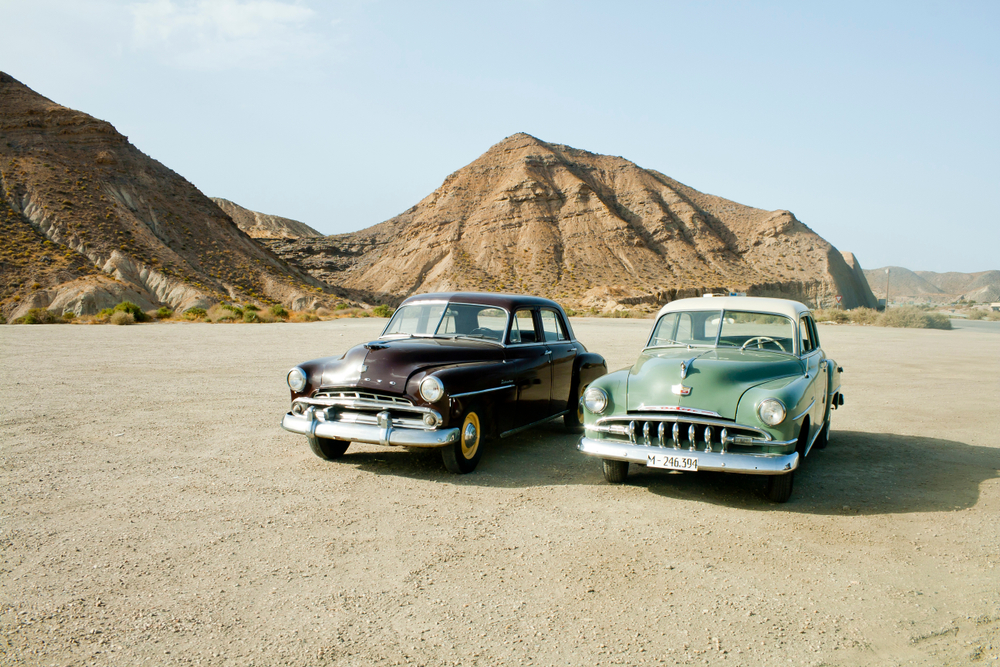I don’t have any fondness for modern cars. Given a choice, I would much rather drive a hefty, inefficient steel giant from the 1970s than one of today’s uniform-looking, plastic-clad “computers.”
After three and a half decades on the road, I’ve owned a half-dozen Jeeps from the 1970s and 1980s, including several CJ5 and CJ7 models, along with two International Scouts, a 1964 Plymouth Valiant, and a pair of E36-series BMW 3-series convertibles.
Maintaining these classic cars has been a steady expense, with ongoing costs for repairs, restoration, and fuel.
Fortunately, insuring classic cars can be surprisingly affordable, though there are a few things to keep in mind when searching for a policy specifically for classic vehicles.
Some classic car insurance providers require that you keep your car in a garage, while others might limit your mileage or charge extra if you live in a city.
Even with these conditions, classic car insurance tends to be much cheaper than regular auto insurance.
My last classic vehicle was a 1978 Jeep CJ7, which I kept alongside a 1992 Honda Accord in my driveway in Portland, Oregon.
I was paying about $80 per month for liability-only coverage on the Accord, but the full coverage policy on my CJ7 cost between $200 and $250 per year.

The Jeep’s insurance was through Hagerty, which allowed me to declare the Jeep’s value, including any aftermarket modifications I’d made.
The coverage included all the same benefits as my Honda’s standard policy, such as liability, medical expenses, and property damage protection.
However, the classic car policy offered some unique perks that aren’t typically found in regular insurance plans.
One key advantage was the option to set the vehicle’s value based on my investment, rather than on a standardized number that often undervalues older vehicles.
While classic car insurance is relatively affordable, it’s not intended to replace standard car insurance.
Most classic insurers require proof that you have another vehicle with regular insurance for daily driving, and you’ll also need to specify the number of miles you plan to drive your classic each year when you apply.
Hagerty, Grundy, or other primary insurers with classic car policies may not send a detective to monitor your driving habits, but driving your classic car beyond the allowed mileage could void your coverage.
So, while classic car insurance is almost always more affordable than regular insurance, it generally can’t serve as a primary policy replacement.

